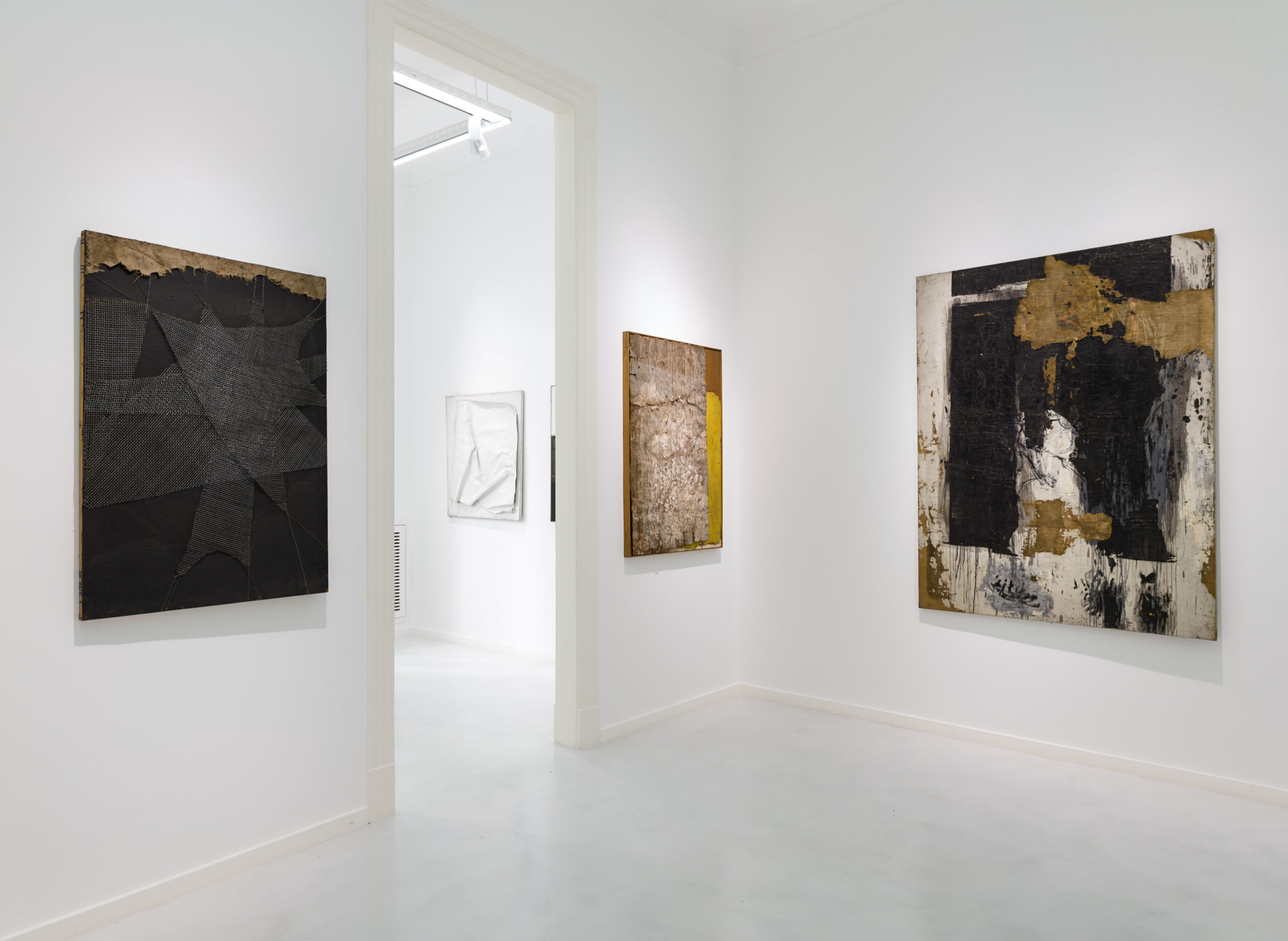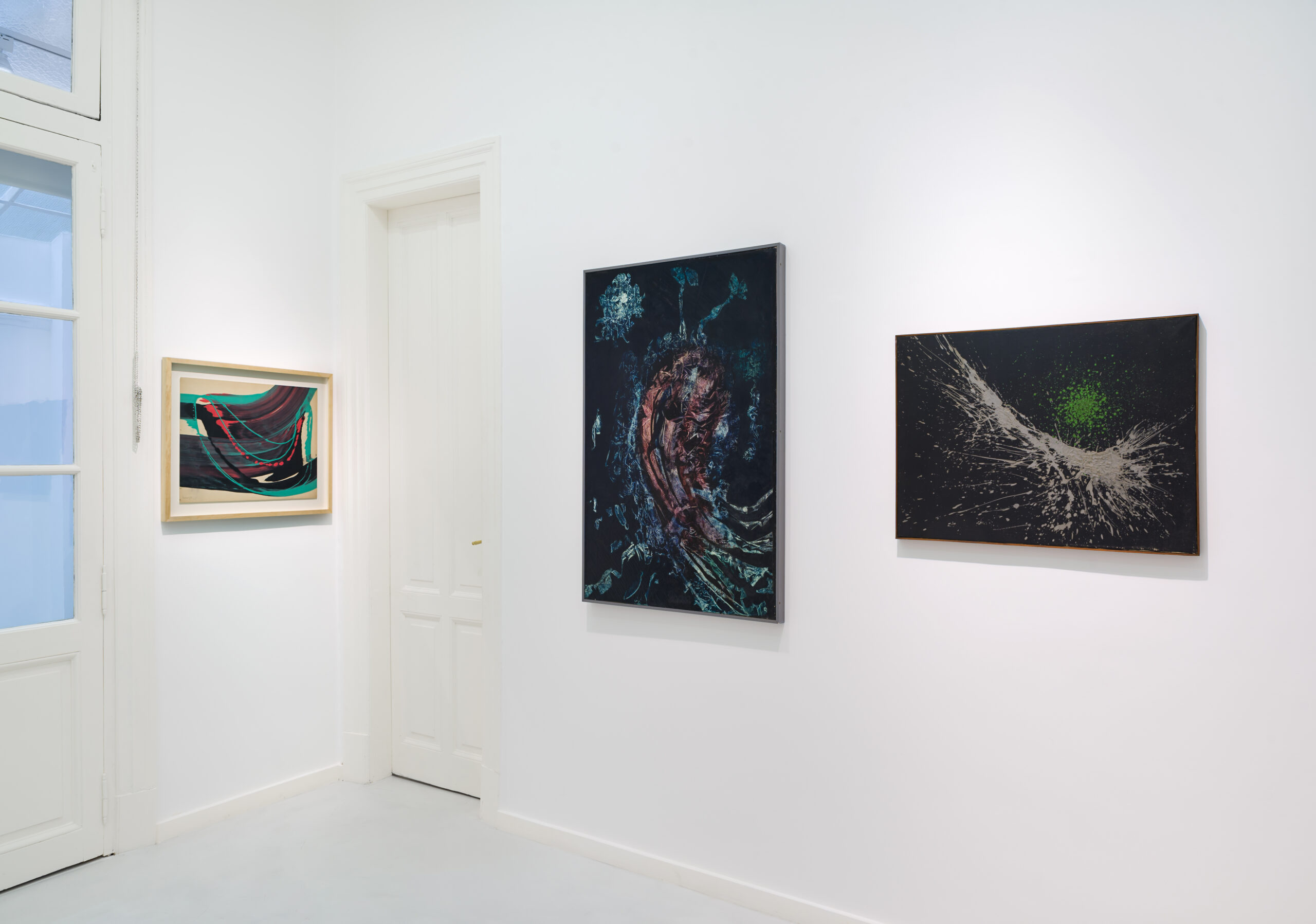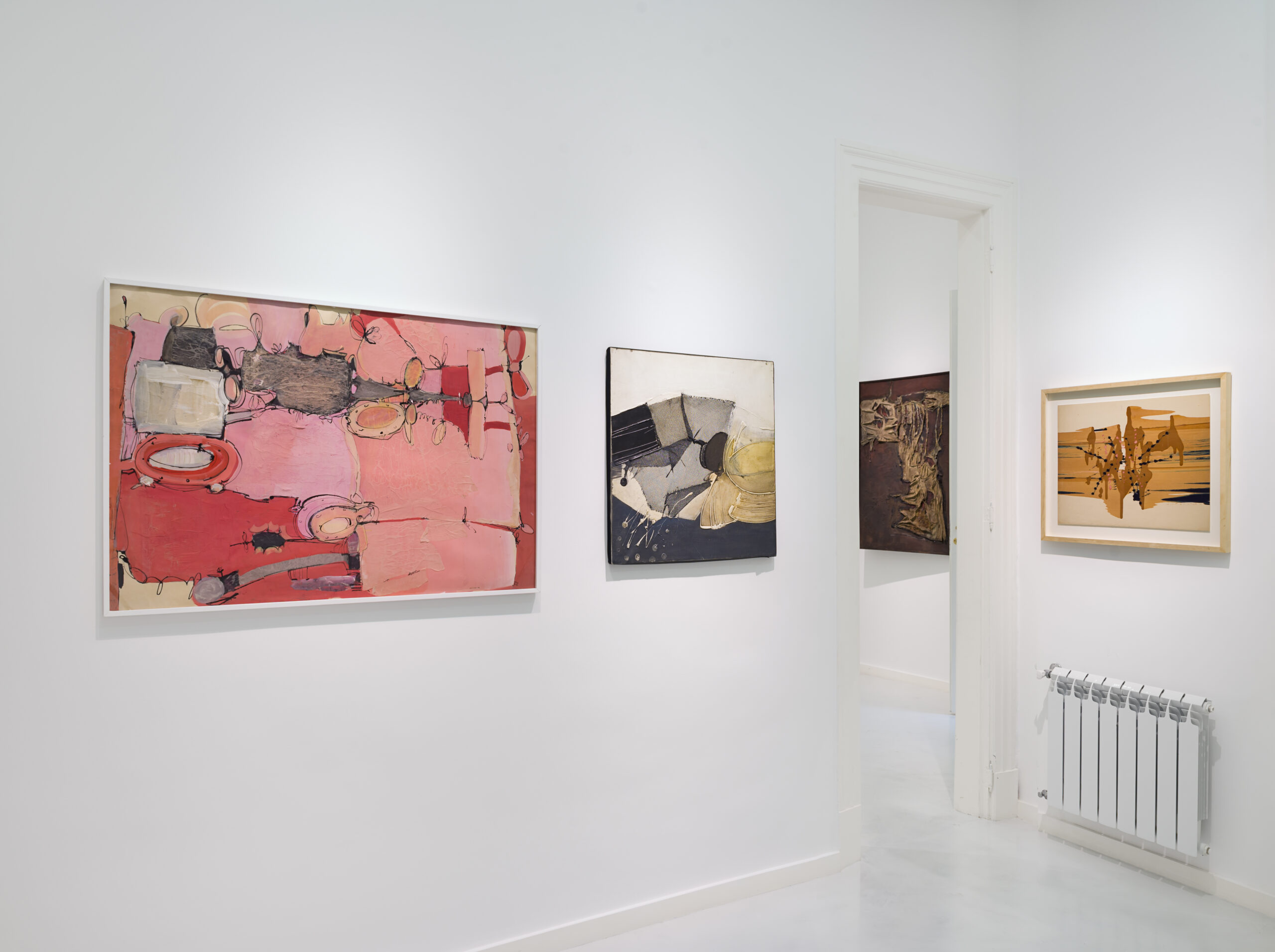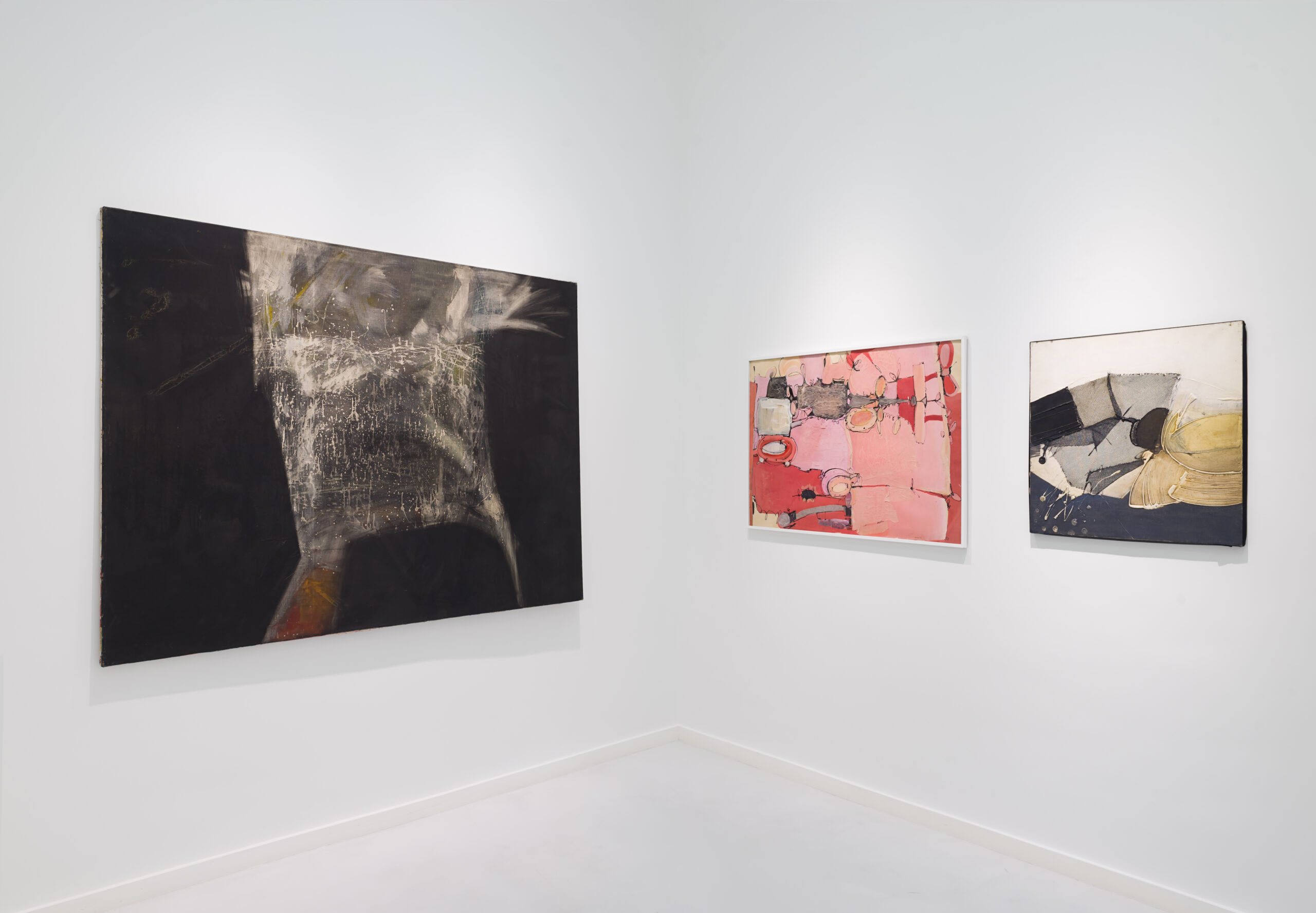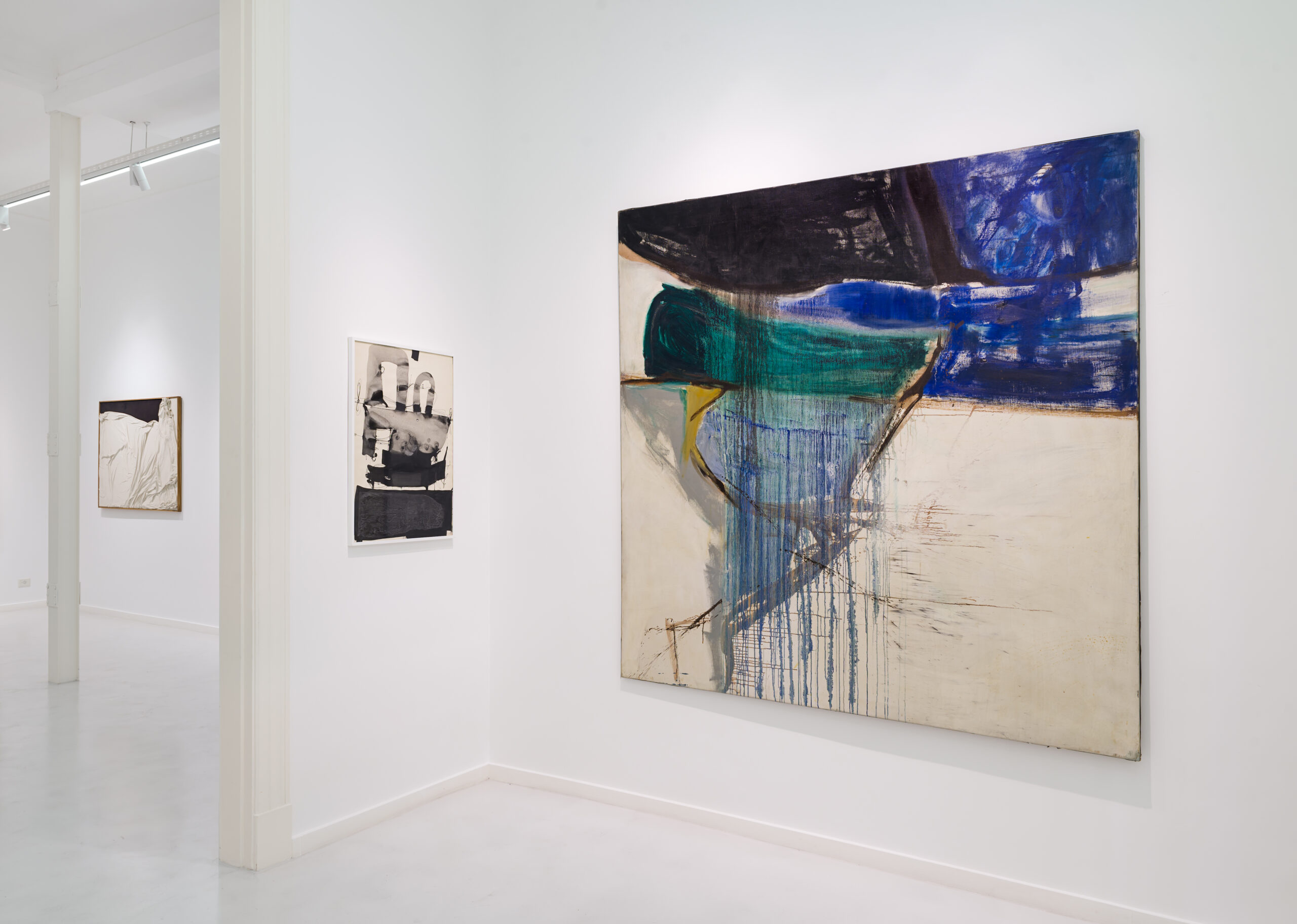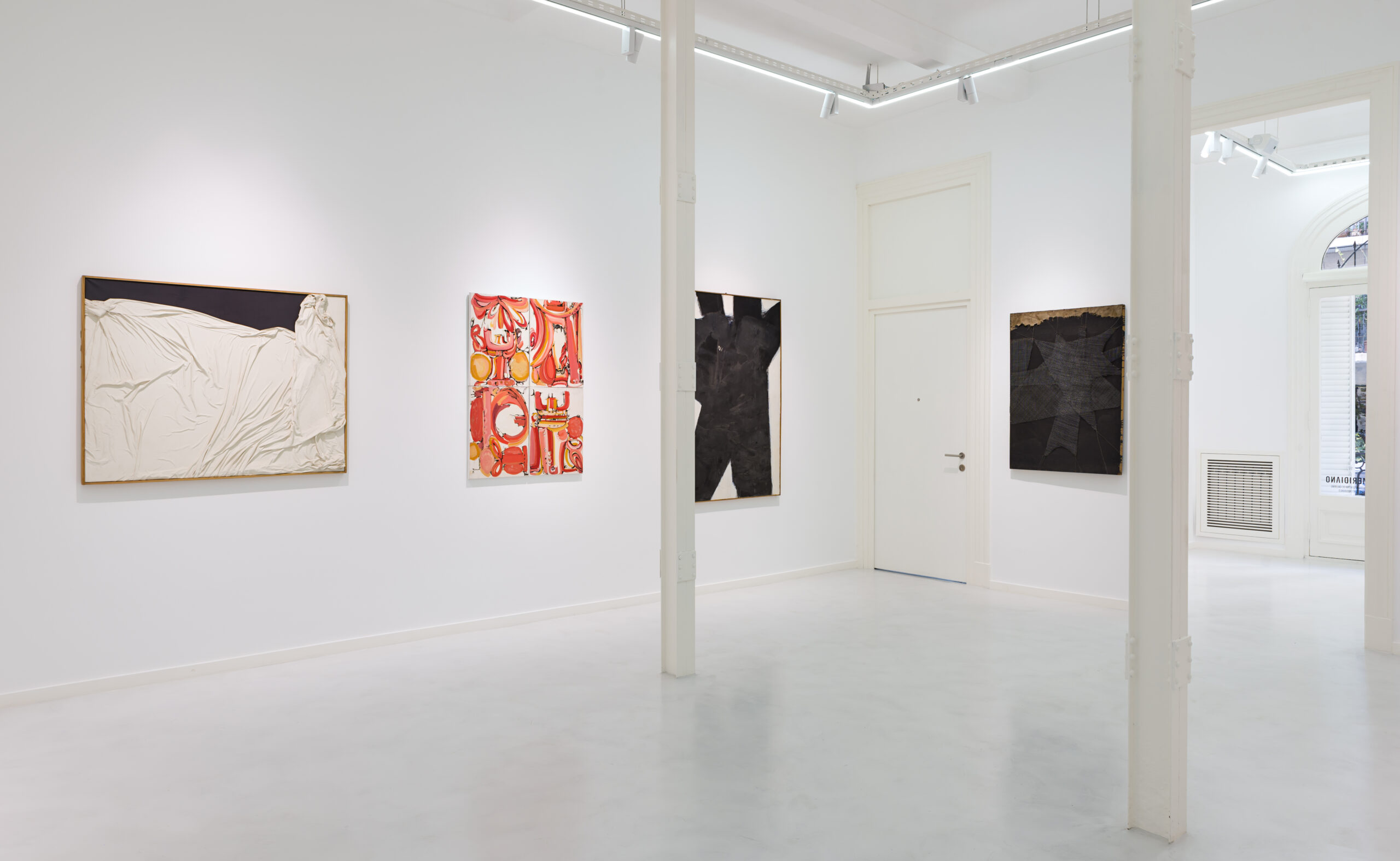Hiperestesia
15 de junio - julio
The art of the passage to contemporary art
Marcelo E. Pacheco
Informalism, thresholds, stitching, decollage, other art, driping, are different semblances that enter on a base of paint in superimposed layers of remains of materials, also, drips of different materials such as oil, tempera, collage different from the one that had been given as wire to make the piece: floor rags, rags grids, mixtures of different types of wood, sometimes some cardboard, cardboard and all material, mixed with frames of them. The base is always complete with very outstanding collage temperatures, reaching different kinds of assemblage.
There are different titles for variations and regional schools that show different typologies: informalism, tachism, collage and decollage, and as long as one chooses the superimpositions of materials. The two extremes are abstract expressionism, pure solidity and dualities of oil, working in layers of brushstrokes that burst in different hardness and subtlety, as in the works of Del Prete or Pucciarelli and, in tachismo or informalism that works with traces, marks, stamp, executive transparency, of all kinds of things. The two extremes play with the range of the material that moves away or gets closer and closer to the specific weight and the network of the real.
At the other point of the space appear the abstract or non-figurative with collage as a base and hyper-abundant collage stickers that finally explodes in the assemblages. The first occurs more fully in the New York School culminating with Pollock and locally with Greco and Del Prete. The second occurs with less traversed collage, being protagonist rags grids, floor rags, draped, as Towas, Peluffo, Kemble, Lublin.
With several cast manipulations, different variants with Creole personality are grouped together, making the pieces divided in the graphics and draperies and in the fabrics worked with the tips of the handles of the brushes or their coats.
A special note is the group of works by the Uruguayan Teresa Vila with her semi-abstract paintings. In the territory the games between the freedom of non-figuration and the freedom of non-abstractions.
From informalism to concrete art and kinetic and optical art, different virtual visual forms or boxes with their own supports follow each other.
The total filling of the surface reaches the maximum, even the frames, and they choose multiple bases, the infinitude of choices as a basis for their stories that are non-figurative. The current exhibition is a very good example of diversity.
The general qualities of the informalist language, forms a bundle of figurative works confronted, or interwoven, or directly mixed or in tension. The manner is clearly seen as an astonishing manner since the 1940s, although as a group it was shown in only two exhibitions, both in 1959. This location and this movement of comings and goings and ideas, place Informalism as one of the broad thresholds of passage from modern art to contemporary art. From this point, the neo-criollo informalism of artists such as Peluffo, Greco and Kemble nourish with frictions the three enclaves that since the end of the 1950s have been running towards post-historic art.
The starry ordered by parallel and simultaneous conversations shows a whole possible to be broken or in sets that intermingle.
A sample of the poly-informalism that was deployed throughout the field of objective accidents and adjectives of history and aesthetics.
